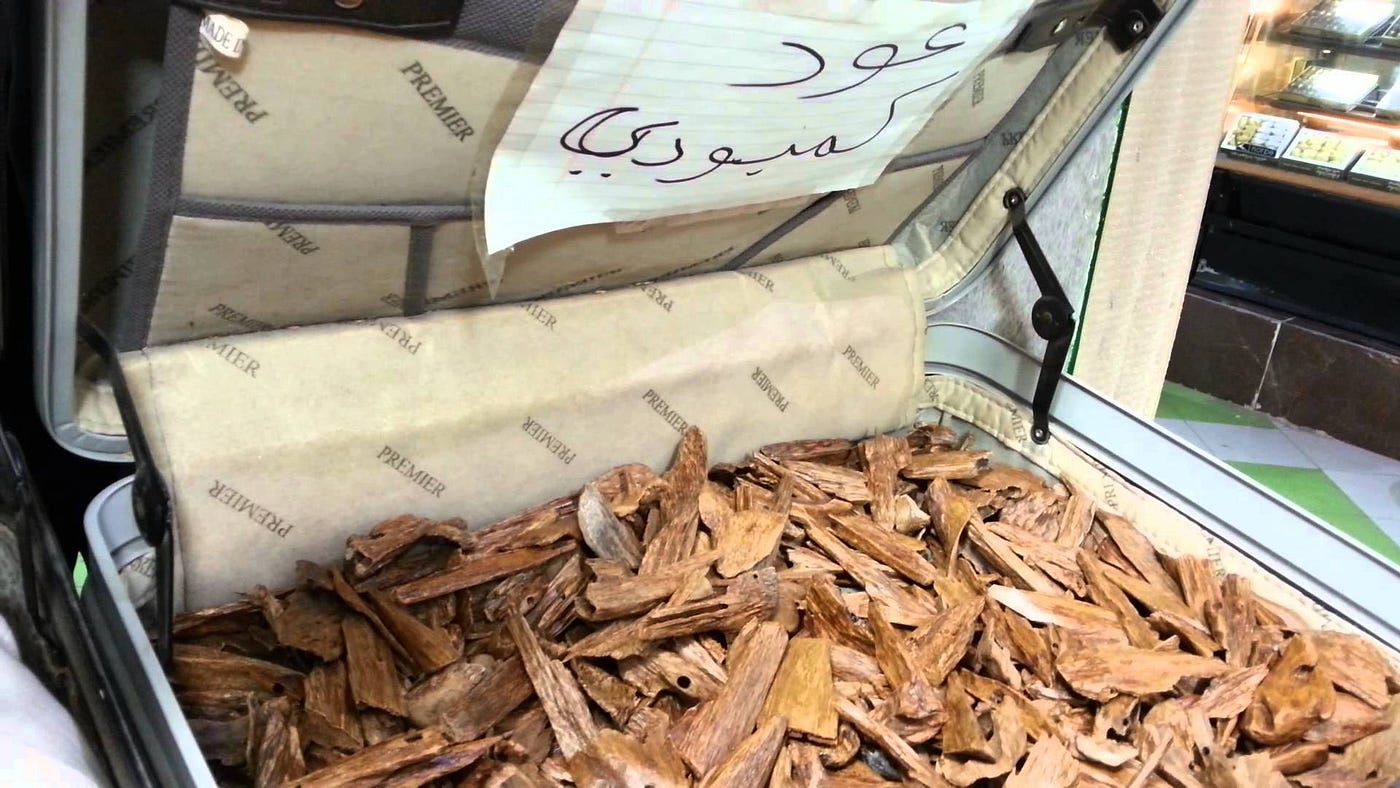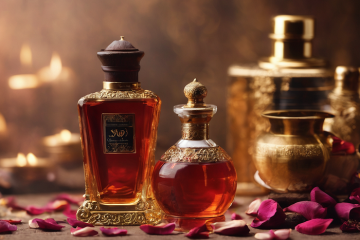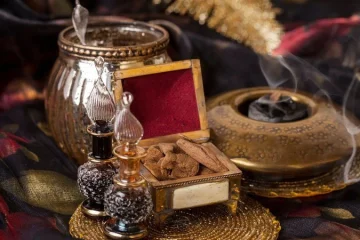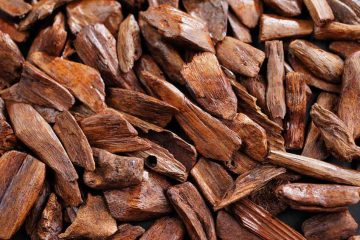In the realm of luxury fragrances, few materials command the allure and prestige of oud wood. This aromatic substance, derived from the heartwood of agarwood trees, possesses a captivating fragrance that has captivated the senses of perfume enthusiasts for centuries. But why does this unique wood come with such a hefty price tag?
The Origins of Oud Wood
Let’s delve into the roots of oud, both metaphorically and literally. Oud wood, also known as agarwood, is predominantly sourced from the aquilaria tree, native to the dense forests of Southeast Asia. The meticulous process of extracting oud oil involves the careful harvesting of infected trees, where the heartwood transforms into a resinous, aromatic treasure. The rarity of these trees and the labor-intensive extraction contribute significantly to the exclusivity of oud.
The Rarity Factor
Oud wood’s scarcity is not merely a marketing ploy but an inherent characteristic of its origin. The agarwood trees, prone to a specific type of mold, react by producing a resinous substance – oud. Unfortunately, this reaction is not predictable, making the procurement of oud wood a challenging task. The unpredictability of the process, combined with the time it takes for trees to mature, amplifies the scarcity and, consequently, the price of oud wood.
Oud Wood’s Unique Properties
Oud’s distinct aroma sets it apart in the world of perfumery. The oil derived from oud wood carries a complex and rich scent profile, featuring woody, sweet, and earthy notes. Perfumers value oud for its longevity and ability to enhance other fragrance notes. Its unique chemical composition contributes to its allure, making it a coveted ingredient in the creation of high-end perfumes.
Traditional and Cultural Significance
Oud wood isn’t merely a commodity; it holds cultural and traditional significance across various societies. Used historically in traditional perfumery practices, oud carries symbolic weight in ceremonies and rituals. Its use extends to religious practices, where the fragrance is believed to have spiritual significance. This cultural value adds another layer to the demand for oud wood, influencing its price.
Market Forces at Play
The world of luxury fragrances is not immune to market forces. Oud wood’s popularity among high-end perfume brands has surged in recent years, creating a surge in demand. As with any commodity, the interplay between supply and demand is a crucial factor influencing price. The exclusivity of oud wood contributes to its allure, prompting luxury brands to incorporate it into their formulations, further driving up its price.
Production Challenges and Costs
Beyond the market dynamics, the production of oud wood involves intricate and time-consuming processes. Harvesting, processing, and extracting the precious oil require skilled artisans and meticulous craftsmanship. The costs associated with the labor-intensive procedures contribute significantly to the overall expense of oud wood, adding to its mystique and value.
The Craftsmanship Behind Oud Wood
The art of oud extraction is a craftsmanship that involves expertise and precision. The ageing and curing processes, coupled with the artisanal touch, bring out the true essence of oud wood. Each step in the production contributes to the depth and complexity of the final product, making it more than just a fragrance ingredient – it’s a work of olfactory art.
Oud Wood Sustainability
While the demand for oud wood continues to rise, there is a growing awareness of the need for sustainable practices. The environmental impact of oud wood harvesting has led to initiatives aimed at preserving agarwood trees. Sustainable oud production methods, such as tree plantations and ethical harvesting, are emerging, aiming to strike a balance between meeting demand and conserving this precious resource.
Coveted by Connoisseurs
Oud wood’s exclusivity has turned it into a status symbol for connoisseurs of fine fragrances. The psychological allure of owning something rare and esteemed plays a pivotal role in the choice of oud-based products. It’s not just about the scent; it’s about the experience and prestige that comes with owning a fragrance enriched with oud wood.
Looking Ahead: Future of Oud Wood
As we peer into the future, the trajectory of oud wood remains fascinating. Emerging trends in the fragrance industry continue to showcase the versatility of oud-based products. Advancements in extraction technologies hold the promise of increased efficiency, potentially influencing both pricing and availability. The mystique of oud wood is far from waning; its journey into the future seems destined to be as intriguing as its past.



